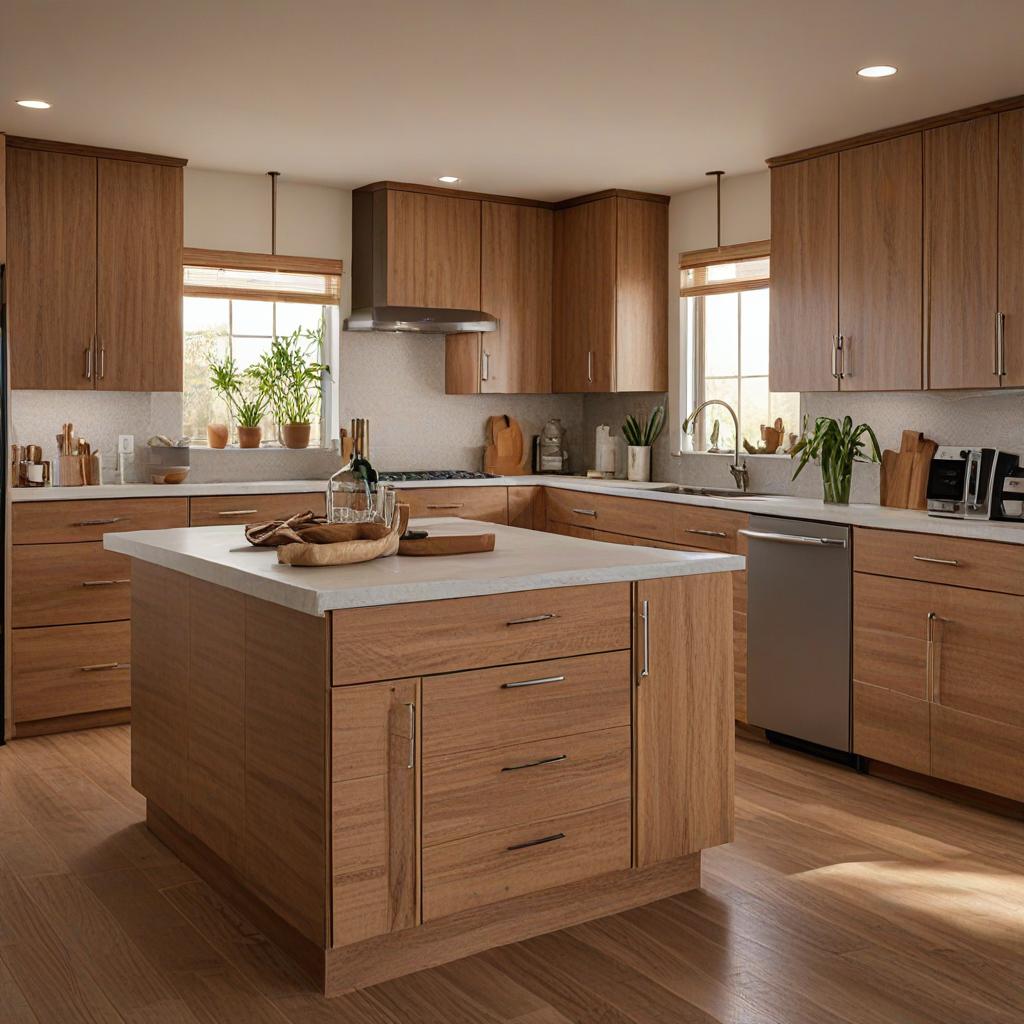
In the context of sustainable home design, cabinetry plays a crucial role in creating eco-conscious living spaces. In Phoenix, ardent efforts are being made to adopt environmentally-friendly choices in cabinetry, ensuring that they not only enhance the aesthetic appeal of homes but also minimize their carbon footprint. With the use of sustainable materials, energy-efficient design, and proper waste management, cabinetry is helping to shape sustainable homes that are both visually pleasing and environmentally responsible. By incorporating eco-conscious choices in cabinetry, residents of Phoenix are contributing towards a greener and more sustainable future.
Why Sustainable Home Design Matters
Sustainable home design has become a hot topic in recent years, and for good reason. As global temperatures continue to rise and environmental concerns grow, homeowners are increasingly looking for ways to reduce their carbon footprint and make eco-conscious choices in their home design. From energy-efficient appliances to solar panels, there are many ways to create a sustainable home. However, one often overlooked aspect of sustainable design is cabinetry. In this blog post, we’ll explore the role that cabinetry plays in sustainable home design, with a focus on eco-conscious choices in Phoenix.
The Environmental Impact of Traditional Cabinetry
The cabinetry industry, like many other industries, has a significant impact on the environment. Traditional cabinetry materials, such as MDF and particleboard, are often made from virgin wood and contain harmful chemicals like formaldehyde. This not only depletes our natural resources, but it also has negative effects on air quality and contributes to climate change. In addition, the manufacturing and transportation of traditional cabinetry require high amounts of energy, resulting in carbon emissions that further contribute to environmental degradation.
Sustainable Materials for Cabinetry
Luckily, there are sustainable and environmentally-friendly options for cabinetry. One of the most popular choices is using reclaimed wood. This refers to wood that has been salvaged from old structures, pallets, or other sources and then repurposed for use in cabinetry. Using reclaimed wood not only reduces the demand for virgin wood, but it also prevents waste and saves energy by avoiding the need for new wood production. Another sustainable option for cabinetry is bamboo, a rapidly renewable resource that is just as durable and versatile as traditional wood materials.
Sustainable Cabinetry Design and Practices
Aside from the materials used, there are also sustainable cabinetry design practices that can further reduce the environmental impact. For example, using low-VOC (volatile organic compound) finishes and adhesives can greatly improve air quality. Additionally, opting for locally-made cabinetry can reduce emissions from transportation and support the local economy. Installing energy-efficient LED lighting inside cabinetry can also reduce energy consumption and lower utility bills.
The Benefits of Sustainable Cabinetry
Making sustainable choices in cabinetry not only benefits the environment, but it also has numerous benefits for homeowners. By using eco-conscious materials and practices, homeowners can contribute to a healthier planet and reduce their carbon footprint. Sustainable cabinetry is also often higher quality and more durable, resulting in less frequent replacements and repairs. In addition, many sustainable materials and design choices are also more aesthetically pleasing, adding value to the home and creating a beautiful, eco-friendly space.
In conclusion, cabinetry plays a crucial role in sustainable home design. By choosing eco-conscious materials and practices, homeowners in Phoenix can reduce their environmental impact and contribute to a healthier planet. When considering a home remodel or renovation, don't overlook the importance of sustainable cabinetry and the many benefits it offers.
